


Trifloxystrobin is a synthetic derivative of naturally occurring strobilurins found in certain fungi. It functions as a broad-spectrum foliar fungicide by inhibiting mitochondrial respiration in plant pathogenic fungi, effectively preventing spore germination and mycelial growth. Trifloxystrobin is particularly effective against various fungal pathogens within the Ascomycete, Deuteromycete, Basidiomycete, and Oomycete classes.



Trifloxystrobin is a synthetic derivative of naturally occurring strobilurins found in certain fungi. It functions as a broad-spectrum foliar fungicide by inhibiting mitochondrial respiration in plant pathogenic fungi, effectively preventing spore germination and mycelial growth. Trifloxystrobin is particularly effective against various fungal pathogens within the Ascomycete, Deuteromycete, Basidiomycete, and Oomycete classes.

.3d8f8f41.svg)
Agrochemicals
.3556d45a.svg)

Crop Protection & Pest Control


Fungicides
Included in Quote
Included in Quote
Included in Quote
Included in Quote
.7767eb0f.png)

Chemical Properties & Specifications
Employed as a foliar fungicide to control a wide range of fungal diseases in crops such as cereals, fruits (e.g., apples, grapes), vegetables (e.g., cucurbits), and peanuts.
Used to manage fungal infections in turfgrass and ornamentals, including brown patch and powdery mildew.
Trifloxystrobin is a broad-spectrum strobilurin fungicide used to protect crops from fungal diseases, such as powdery mildew, rusts, and leaf spots.
It inhibits mitochondrial respiration in fungi, disrupting energy production and preventing fungal growth and spore germination.
Yes, Trifloxystrobin is registered for use on food crops, and it must be applied according to regulatory guidelines to ensure food safety.
Its residual activity typically lasts between 10 to 14 days, depending on environmental conditions and application methods.
Trifloxystrobin is used on cereals, fruits (such as apples and grapes), vegetables (such as cucurbits), peanuts, and turfgrass.
Trifloxystrobin is classified as hazardous to aquatic environments, so it should be used with caution near water bodies. However, it is safe for crops when applied following recommended guidelines.
The recommended dosage depends on the crop and severity of fungal infections, generally ranging from 100-300 g/ha.
Compared to other strobilurins, Trifloxystrobin has superior translaminar and vapor activity, allowing better coverage and systemic protection.
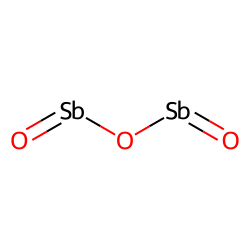
CAS No. : 1309-64-4
Category : Inorganic compound
Sub-Category : Flame retardants
Description: Antimony trioxide (Sb2O3) is an inorganic compound commonly used as a flame retardant and as a catal...
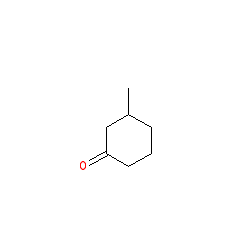
CAS No. : 36306-87-3
Category : Fragrance Ingredients
Sub-Category : Aroma Chemicals
Description: Kephalis is widley used in many industries. It plays a key role in the production of resins, coating...
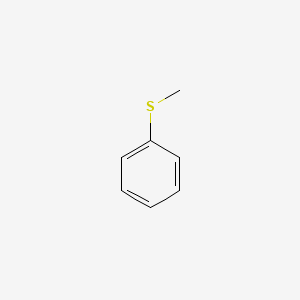
CAS No. : 100-68-5
Category : Pharmaceutical Actives & Precursors
Sub-Category : Intermediates & Precursors
Description: Thioanisole is a colorless to light yellow liquid with an aromatic odor. It serves as a valuable int...
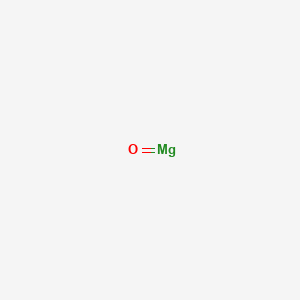
CAS No. : 1309-48-4
Category : Inorganic compound
Sub-Category : Magnesium compounds
Description: Magnesium oxide, commonly known as magnesia, is a white hygroscopic solid mineral that occurs natura...
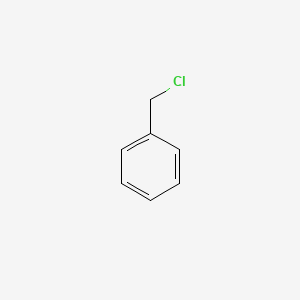
CAS No. : 100-44-7
Category : Organic Intermediate
Sub-Category : Reagents
Description: Benzyl Chloride is a colorless to pale yellow liquid with a pungent odor. It is primarily used as an...